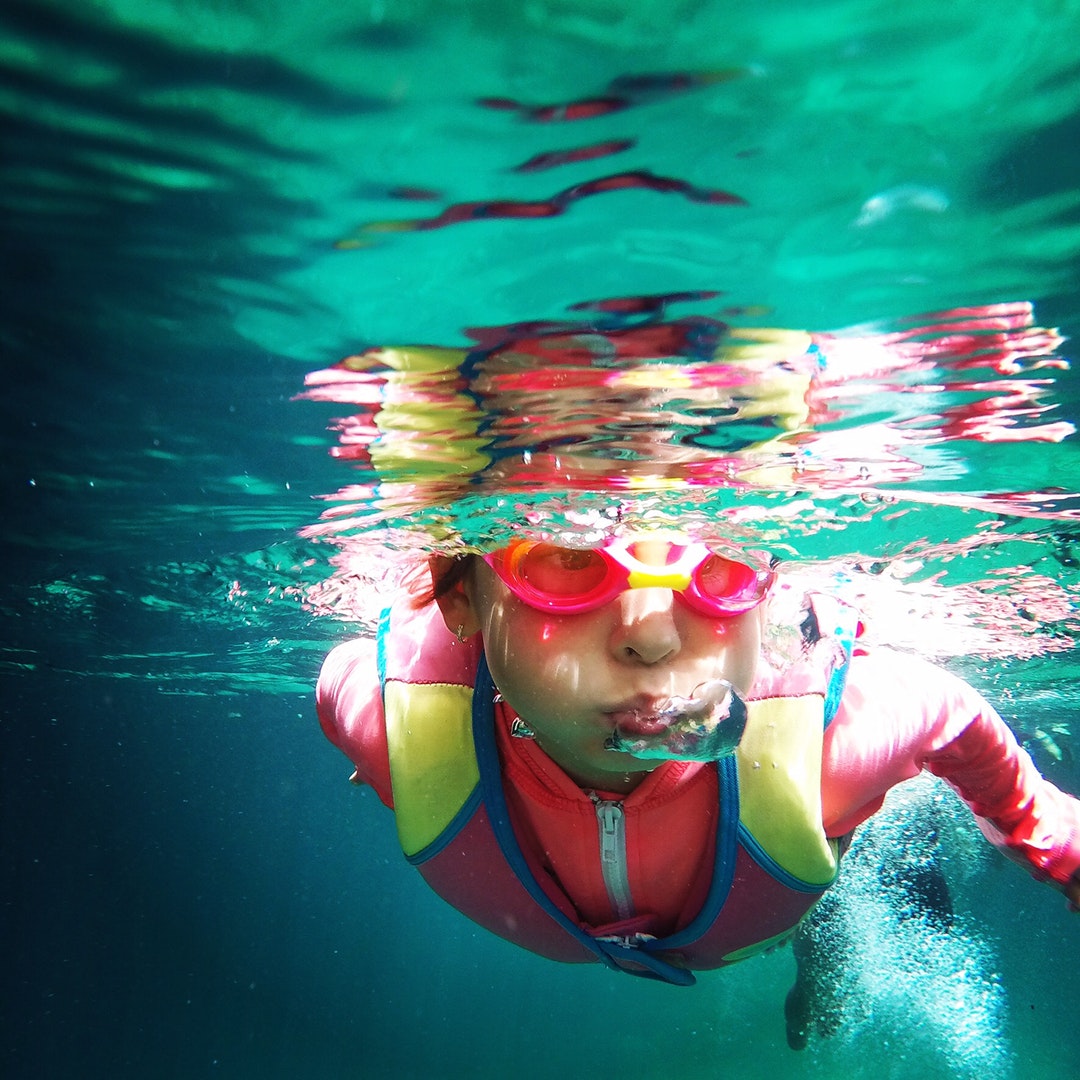There are 10.4 million residential swimming pools in the United States, and with that staggering number comes a ton of misinformation.
Thanks to pop culture and false storytelling, many people believe certain fallacies about swimming pools to be true. But we’re here to set the record straight once and for all.
Read on so we can debunk some common pool myths and uncover the real facts about swimming pools.
Special Pool Chemicals Turn Urine Blue
You may have heard from people that if you pee in the pool, your urine will change color to blue or another noticeable color. You also may have seen this scenario played out in the popular “Grown Ups” movie with Adam Sandler.
But the truth is that there is no such pool chemical that has the ability to turn your pee blue. This is one big, fat pool myth that needs to be debunked. However, if your urine is very yellow from dehydration, that’ll show up in a pool without the aid of a special pool chemical.
Chlorine Turns Your Hair Green
If you’ve spent summers having fun in the swimming pool, you may have noticed a green tint to your hair after getting out of the pool. This tint is especially noticeable in people with blonde hair.
But contrary to popular belief, chlorine isn’t the cause of your hair turning green. It’s actually the copper sulfate, which is used to fight algae, that causes your hair to have a green tint.
However, chlorine is damaging to hair because it dries out hair and makes it brittle.
If you spend a ton of time in the pool, take extra steps to keep your hair healthy with shampoo and conditioner made for damaged hair. And always make sure you wash out all the chlorine after getting out of the pool to minimize the damage.
You Must Wait One Hour After Eating to Go Swimming
This myth is especially popular among children because they hear it constantly from their parents. Children are told that if you swim right after eating, you’ll get bad cramps and it’ll become difficult to swim.
However, this is just a clever parenting technique to keep kids out of the pool and give them a little break from constant activity. There is no scientific evidence to support that claim that swimming after eating is any more dangerous than swimming one hour after eating.
Chlorine Kills Everything in the Pool
Many people believe that by simply having chlorine in the pool it’ll kill all of the harmful bacteria that can breed in a pool. This, however, is not the case.
Chlorine can kill some (maybe most) of the bacteria and waterborne illnesses found in pools, but it can’t kill all of it. So it’s important to make sure your pool gets thoroughly cleaned every week or two, especially during high-activity months, to ensure the safety of swimmers.
Setting the Facts About Swimming Straight
Now that we’ve debunked the most common myths about swimming, we can get the facts about swimming straight. For more helpful swimming pool tips and info, contact us today so we can answer your questions!




